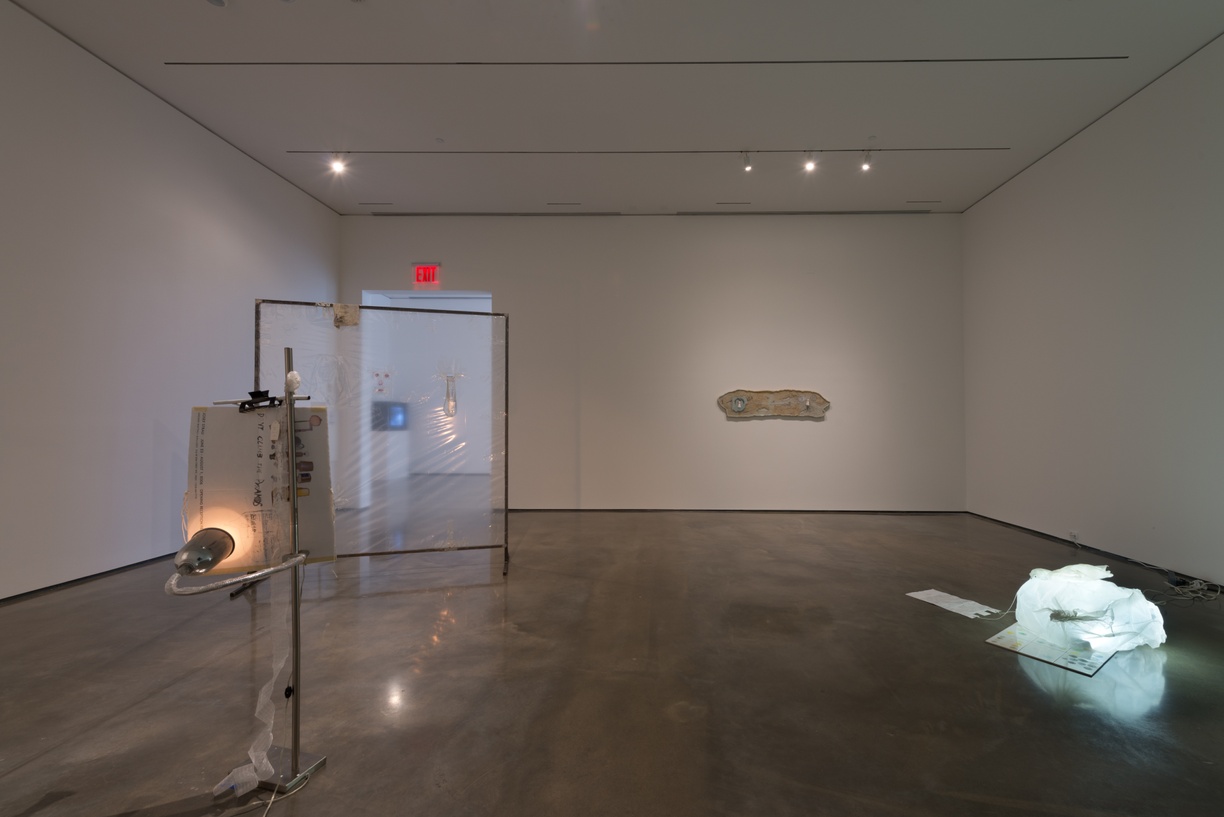
- Jody Graf
Artists: Sadie Benning, William Blake & Edward Young, Win McCarthy, and Josef Strau
Night Thoughts coaxes a Romantic understanding of artistic voice out of the shadows of contemporary discourse while locating its critical potential in a metaphorical night, itself inherited from Romanticism. This is a night eternally verging on day, in which distinctions between interiority and exposure, passivity and productivity, scribe and author are dissolved, and the figures of the dreamer and critic circle each other, moving ever closer.
Romanticism inaugurated a lasting, if embattled, understanding of artistic subjectivity as a singular voice. This paradigm persists, though in practice more than theory, and despite the anti-humanist tendencies of much twentieth century thought. Night Thoughts speaks to and from this intellectual unraveling of artistic voice – from the dissonance between the experience of individuality (the voice in one’s head), the critical histories that challenge it, and the contemporary forces that, by posing it as commodity, usher it towards exchange.
Understood as condensations of voice made material, the included works reprise Romantic notions of artistic voice by drawing it out of the depths and inscribing it, at times quite literally, on the surface. A persistent use of first-person language – embedded within sculptures, posters, illuminated poems, and videos – provides a common medium through which these disparate artists perform artistic subjectivity as a problematic.
Taking inspiration from The Complaint: or Night Thoughts on Life, Death and Immortality – a proto-Romantic poem written by Edward Young in the 1740s and illustrated by William Blake half a century later – the exhibition proposes the night as a metaphor for the latent potential of Romantic voice today. Here, the poem serves as a historical cipher through which to approach works by contemporary artists Sadie Benning, Win McCarthy, and Josef Strau.
For the Romantics, the night served as a site from which poetic voice was produced via states of dreaming or sleeplessness. In light of recent imperatives towards constant activity and exposure, the night’s promise of withdrawal renders it newly significant – a final bastion of the interior self whose resistance is premised on the passivity of sleep. By reading these historical “nights” against each other, Night Thoughts gestures towards a liminal zone in which the production rather than abstention of voice might offer a mode of critical reflection. Here, artistic subjectivity is displaced even as it proclaims itself, its waking contours faded.



